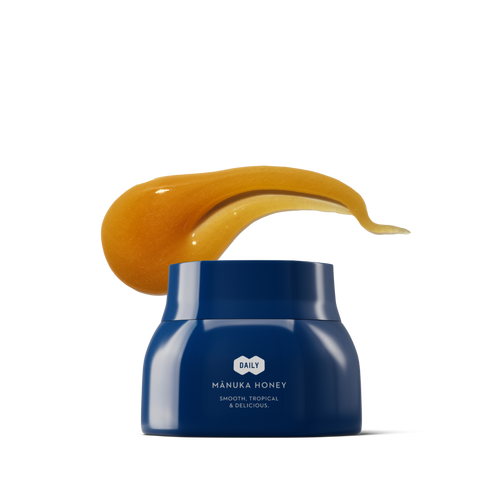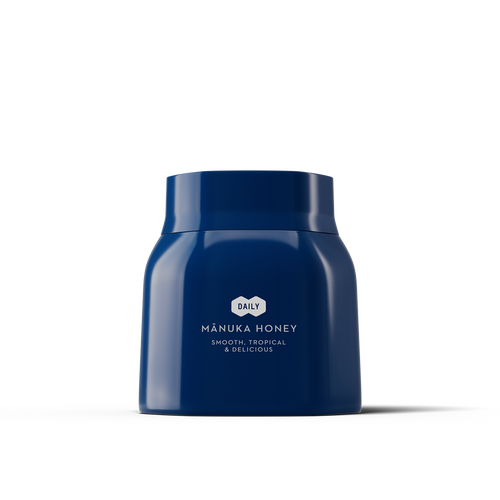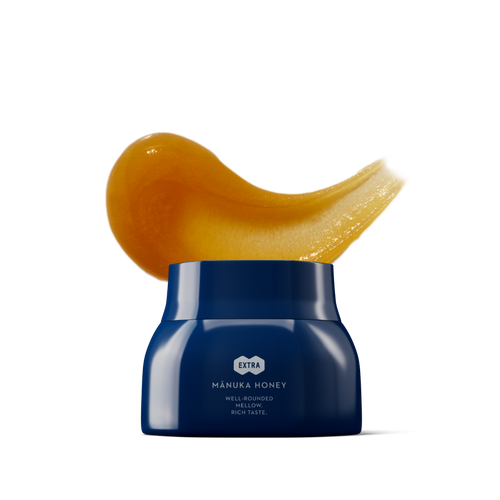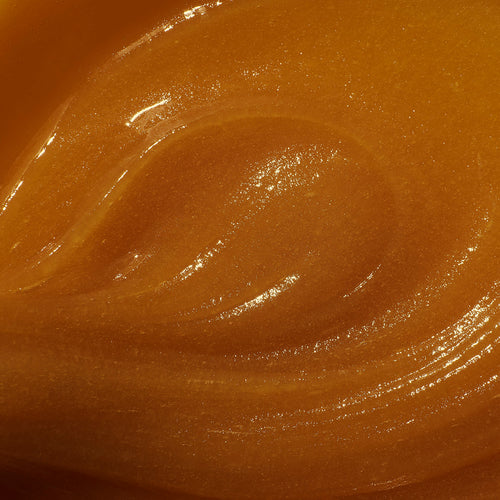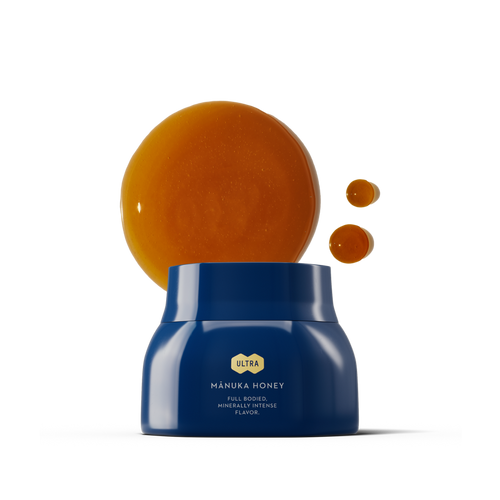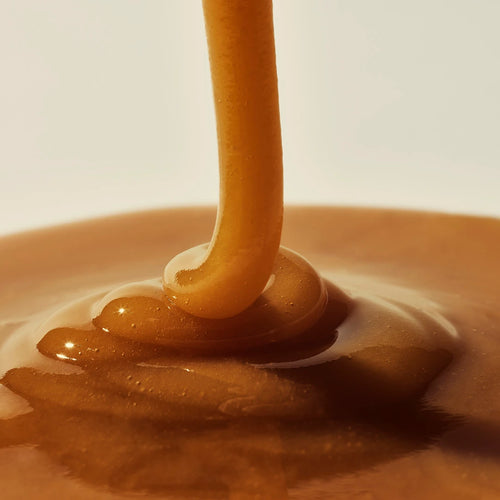In the realm of health and wellness, it's easy to encounter terms and acronyms that pique your interest and maybe even cause a bit of confusion. One such term that's been creating a buzz is MGO, or methylglyoxal. Closely linked with premium mānuka honey, MGO is celebrated for its distinct properties and impressive health benefits. But what exactly is MGO and why is it so significant? Let’s dive in and explore.

What is MGO?
MGO, or methylglyoxal, is a naturally occurring compound found in various foods and beverages. It is most notably present in mānuka honey, which is produced by bees that pollinate the mānuka bush (Leptospermum scoparium), native to New Zealand. MGO forms during the honey’s maturation process when dihydroxyacetone (DHA), a compound found in mānuka nectar, is converted into methylglyoxal.
Why MGO Matters
MGO is one of the key factors that contribute to the unique properties and health benefits of mānuka honey. Unlike regular honey, mānuka honey is renowned for its potent antimicrobial and therapeutic effects, largely attributed to its high MGO content.
Learn More About Mānuka Honey vs. Other Honey: What’s the Difference?

MGO Benefits:
Antibacterial Properties
One of the most notable benefits of MGO is its strong antibacterial activity. MGO can effectively kill harmful bacteria, including antibiotic-resistant strains. This makes mānuka honey a valuable tool for promoting gut health, wound healing, reducing infections, and supporting oral health. The presence of MGO gives mānuka honey its distinct antibacterial potency, setting it apart from other types of honey.
Anti-Inflammatory Effects
MGO is also recognized for its anti-inflammatory properties. It can help reduce inflammation and support the body’s natural healing processes. This makes it beneficial for soothing irritated skin, alleviating sore throats, and managing inflammation-related conditions.
Antioxidant Benefits
The antioxidant properties of MGO help neutralize free radicals in the body, protecting cells from oxidative stress and damage. By combating oxidative stress, MGO contributes to overall health and wellness, supports immune function, and helps maintain healthy skin.

Skincare Benefits
In the realm of skincare, MGO (methylglyoxal) offers remarkable benefits due to its potent antimicrobial and anti-inflammatory properties. This makes it an invaluable ingredient for addressing a range of skin issues such as acne, eczema, and other inflammatory skin conditions.
Its unique composition helps to cleanse the skin effectively by eliminating harmful bacteria, while its soothing qualities work to calm and reduce redness and irritation. Additionally, mānuka honey supports the skin's natural healing processes, aiding in the repair of damaged tissue and contributing to a more balanced, clear complexion. By incorporating MGO-rich mānuka honey into your skincare routine, you can benefit from its comprehensive approach to maintaining healthy, vibrant skin.
By grasping what MGO is and its effects on mānuka honey, you can make more informed decisions about adding this potent natural ingredient to your wellness routine. Click the link below to discover the perfect MGO level for your needs.
Why Choose Mānuka Health Honey?
Every batch of Mānuka Health honey is traceable all the way back to the dedicated beekeeper who nurtured it. We are among a select few honey producers who manage every step of the process, from caring for our own hives to extracting, processing, and bottling our honey in state-of-the-art facilities. This hands-on approach ensures exceptional quality, integrity, and authenticity at every stage, preserving the honey’s remarkable natural properties.
Each drop is rigorously tested and third-party certified for purity and potency. Our “liquid gold” is more than just a phrase, it is a promise, with every jar traceable back to its exact source.
Certified, authenticated, and deeply rooted in the pristine landscapes of New Zealand, Mānuka Health honey reflects the highest standards of excellence, from hive to jar and into your home.
Disclaimer: Mānuka honey is not intended to diagnose, treat, cure, or prevent any medical condition. Please consult a healthcare professional regarding any medical concerns.

